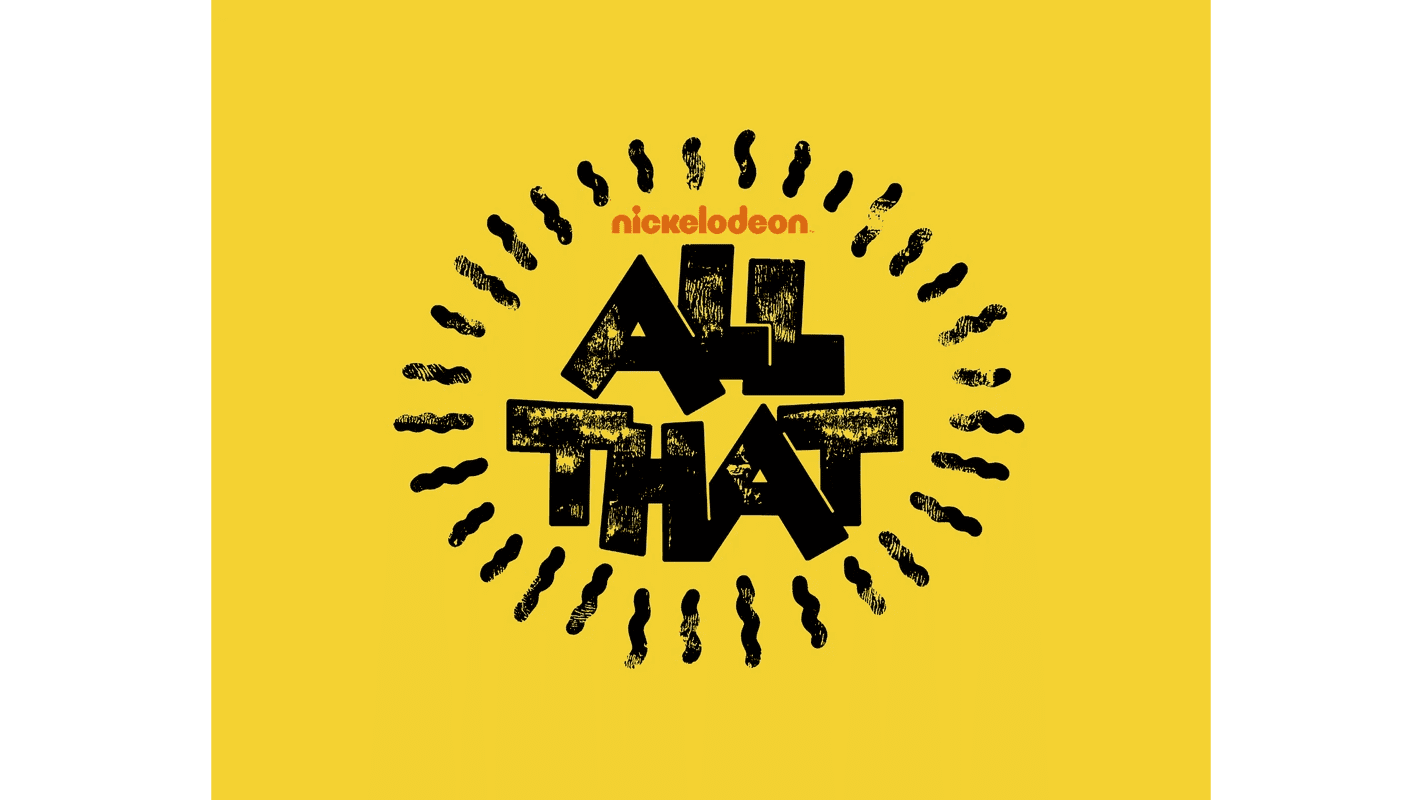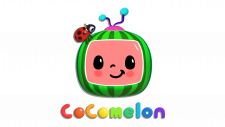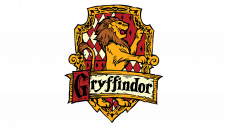All That Logo
“All That” is an American sketch comedy television series aimed at children and teenagers. Created by Brian Robbins and Mike Tollin, it first aired on Nickelodeon in 1994, quickly becoming a hallmark of 90s’ kids TV. The show, often likened to a “Saturday Night Live” for younger audiences, was notable for its diverse cast and its impact in launching the careers of several teen stars. “All That” stood out for its blend of slapstick, situational comedy, and musical performances, often featuring guest stars from music and entertainment. Its cultural significance lies in how it shaped children’s programming by introducing a format that was both entertaining and relatable to its young audience.
Meaning and history
“All That,” a groundbreaking American sketch comedy series for kids, debuted on Nickelodeon in 1994. Created by Brian Robbins and Mike Tollin, the show quickly became a staple of 90s children’s television. Reminiscent of “Saturday Night Live,” but tailored for a younger audience, “All That” featured a diverse cast of teenagers performing various comedy sketches and musical acts.
The show’s format was revolutionary for its time, offering a unique blend of slapstick humor, parodies, and original characters, all resonating with its young viewers. Notably, “All That” served as a launchpad for several of its cast members, who later rose to fame in their own right. Stars like Kenan Thompson, Amanda Bynes, and Nick Cannon got their start on the show, showcasing their comedic talents at a young age.
“All That” also had a significant impact on pop culture. It introduced iconic sketches and characters, many of which became synonymous with 90s kids’ TV nostalgia. The show wasn’t just about laughs; it often incorporated musical performances, featuring popular artists of the time, further cementing its relevance and appeal to the youth.
Throughout its original run until 2005, “All That” underwent several changes in cast and style, reflecting the evolving tastes of its audience. After its initial cancellation, the show left a lasting legacy, remembered for its pioneering approach to children’s programming.
In 2019, Nickelodeon revived “All That” with a new cast, bringing the classic format to a new generation. The revival, produced by original cast member Kenan Thompson, aimed to recapture the essence of the original while updating its humor and references for contemporary viewers. The return of “All That” highlighted its enduring appeal and the timeless nature of its humor, bridging generations through laughter and entertainment.
“What is All That?
“All That” is a trailblazing American sketch comedy TV series, primarily targeting a young audience, which first aired on Nickelodeon in 1994. Created by Brian Robbins and Mike Tollin, it’s akin to a youth-centric “Saturday Night Live,” blending humor, parodies, and pop culture with a dynamic cast, significantly influencing children’s entertainment in the ’90s.
1994 – 2005, 2016
The logo in question features a bold, black-edged yellow oval as its foundation, topped with irregular, crown-like spikes. Inside this vivid shape, the words “ALL THAT” are stamped in a striking red font that is slightly askew, giving it a casual and playful feel. The typeface has a robust, blocky character, suggesting a solid, unyielding presence. Two small, black dots above the lettering resemble eyes, infusing the logo with a subtle anthropomorphic charm. This logo exudes a sense of youthful energy and a carefree spirit, indicative of the show’s comedic and vibrant nature.
2019 – 2020
In this iteration of the “All That” logo, the vibrant yellow backdrop persists, but now it is adorned with a circle of black, textured footprints, suggesting an energetic dance or a band of performers in motion. At the center, the “ALL THAT” text is presented in a distressed, grunge-inspired font, its letters black with rough, textured edges, conveying a raw, edgy aesthetic. The Nickelodeon logo, modestly placed at the top, is in a clean, contrasting white, serving as a stamp of the network’s identity. This logo variation retains the playful spirit of the original while introducing a more rebellious, dynamic vibe, echoing the show’s evolution and its appeal to a generation that values authenticity and creative expression.













